Could black holes power our spaceships? 😮.
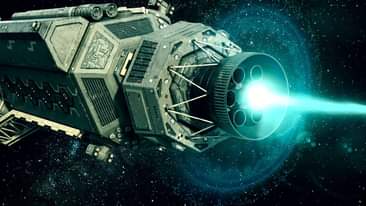

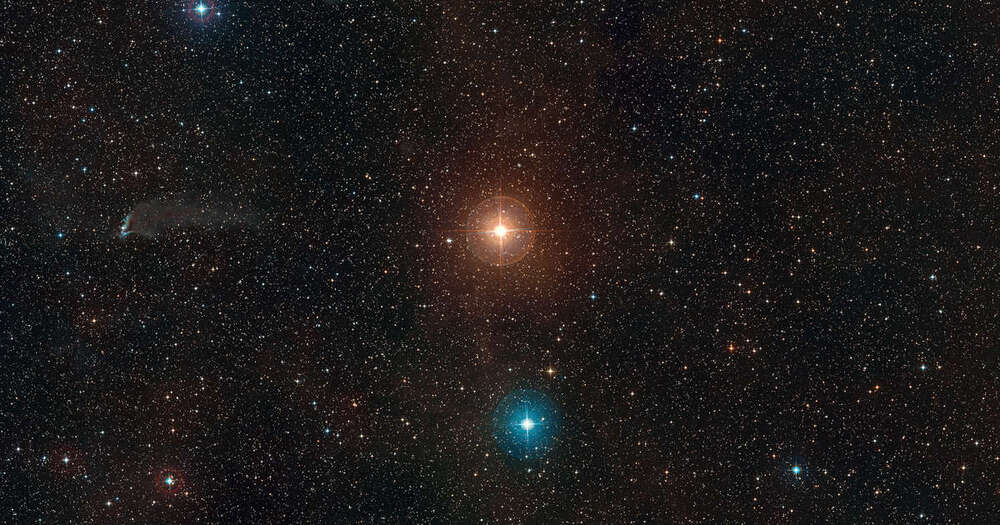
Astronomers have discovered an exceedingly old star at the edge of our galaxy that seems to have formed only a few million years after the Big Bang – and what they are learning from it could affect their understanding of the birth of the universe.
In a study published last week, researchers found the star during an astronomical survey of the southern sky with a technique called narrowband photometry, which measures the brightness of distant stars in different wavelengths of light and can reveal stars that have low levels of heavy elements.
They then studied the star – known by its survey number as SPLUS J210428.01−004934.2, or SPLUS J2104−0049 for short – with high-resolution spectroscopy to determine its chemical makeup.
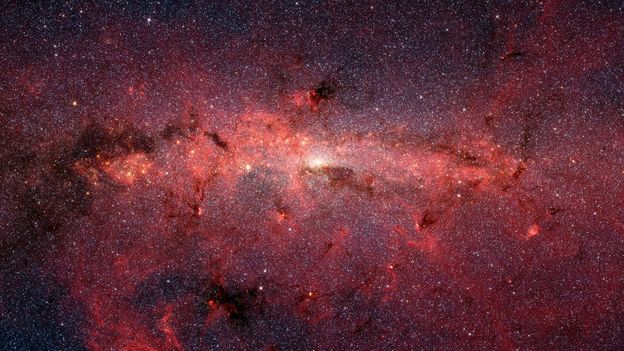
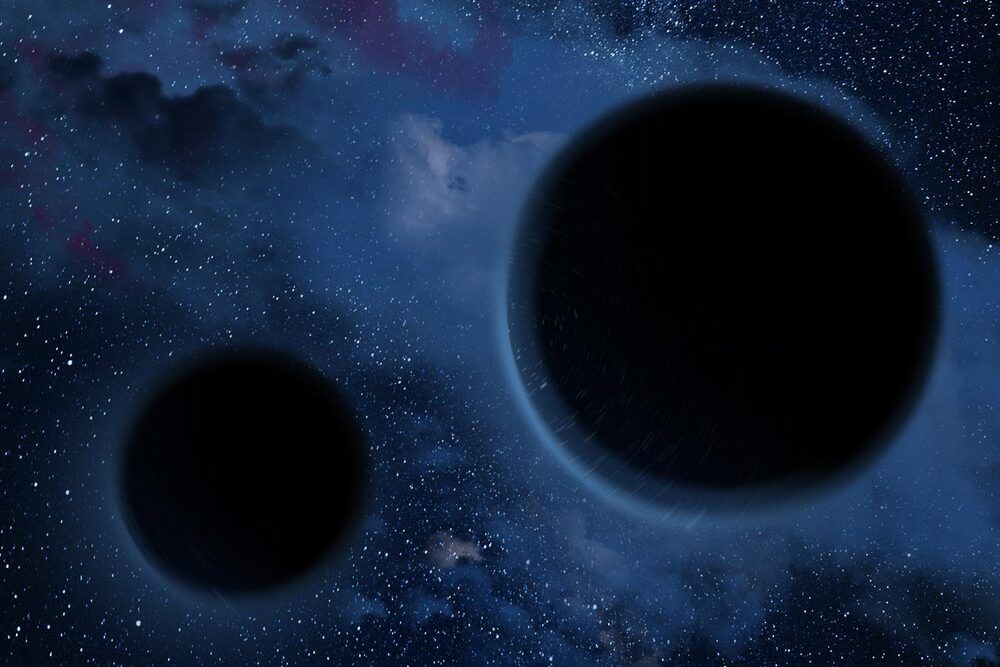
Regardless of size, all black holes experience similar accretion cycles, a new study finds.
On September 9, 2018, astronomers spotted a flash from a galaxy 860 million light years away. The source was a supermassive black hole about 50 million times the mass of the sun. Normally quiet, the gravitational giant suddenly awoke to devour a passing star in a rare instance known as a tidal disruption event. As the stellar debris fell toward the black hole, it released an enormous amount of energy in the form of light.
Researchers at MIT, the European Southern Observatory, and elsewhere used multiple telescopes to keep watch on the event, labeled AT2018fyk. To their surprise, they observed that as the supermassive black hole consumed the star, it exhibited properties that were similar to that of much smaller, stellar-mass black holes.
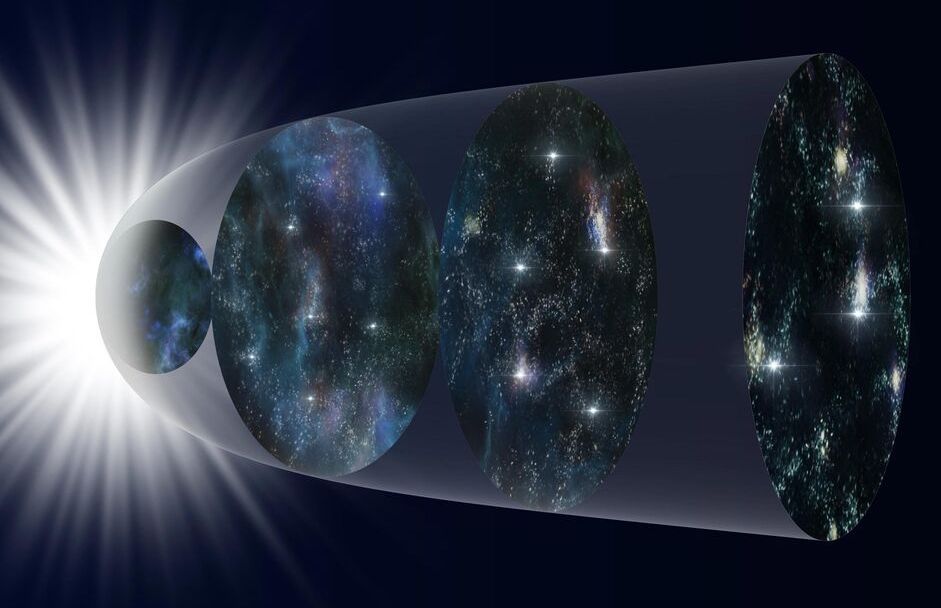
An international research team analyzed a database of more than 1000 supernova explosions and found that models for the expansion of the Universe best match the data when a new time dependent variation is introduced. If proven correct with future, higher-quality data from the Subaru Telescope and other observatories, these results could indicate still unknown physics working on the cosmic scale.
Edwin Hubble’s observations over 90 years ago showing the expansion of the Universe remain a cornerstone of modern astrophysics. But when you get into the details of calculating how fast the Universe was expanding at different times in its history, scientists have difficulty getting theoretical models to match observations.
To solve this problem, a team led by Maria Dainotti (Assistant Professor at the National Astronomical Observatory of Japan and the Graduate University for Advanced Studies, SOKENDAI in Japan and an affiliated scientist at the Space Science Institute in the U.S.A.) analyzed a catalog of 1048 supernovae which exploded at different times in the history of the Universe. The team found that the theoretical models can be made to match the observations if one of the constants used in the equations, appropriately called the Hubble constant, is allowed to vary with time.
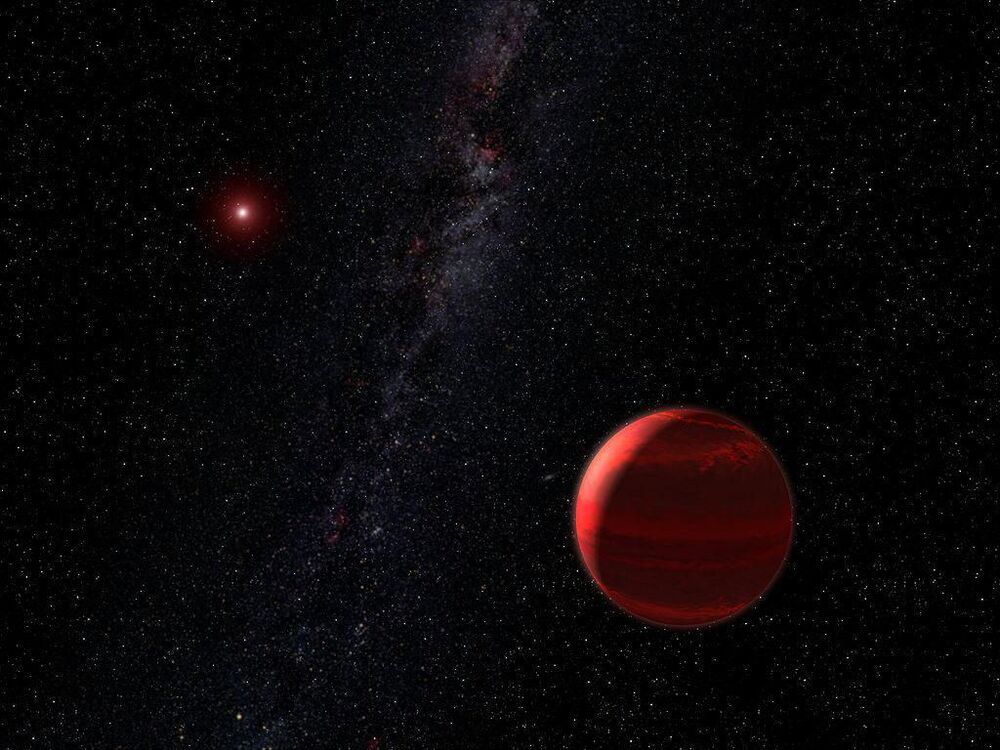
At the time the proposed planet signal is strongest, stellar activity on the surface of the star was Also strong, says Lubin. Thus, he notes, the signal associated with the planet can be explained by activity emanating from stellar activity instead of from the telltale periodic tug on Barnard’s Star from a putative super-earth.
As I noted here previously, Barnard’s Star, which lies only 6 light years away in Ophiuchus, has long fascinated astronomers both due to its proximity to Earth and the fact that it has the largest apparent motion across our line of sight as any known stellar object. In the 105 years since its discovery by astronomer E.E. Barnard, it is the nearest star to our own Sun in the Northern Celestial Hemisphere, the authors note.
One of the more infamous claims of planets around barnard’s star came in in 1963, when Swarthmore College astronomer Peter van de Kamp announced that he had detected a planet using Swarthmore’s 24-inch refractor at Sproul Observatory. Van de Kamp later updated his findings three more times, proposing a second planet in the system with periods of 12 and 20 years, respectively, the authors note.
New observations and simulations show that jets of high-energy particles emitted from the central massive black hole in the brightest galaxy in galaxy clusters can be used to map the structure of invisible inter-cluster magnetic fields. These findings provide astronomers with a new tool for investigating previously unexplored aspects of clusters of galaxies.
As clusters of galaxies grow through collisions with surrounding matter, they create bow shocks and wakes in their dilute plasma. The plasma motion induced by these activities can drape intra-cluster magnetic layers, forming virtual walls of magnetic force. These magnetic layers, however, can only be observed indirectly when something interacts with them. Because it is simply difficult to identify such interactions, the nature of intra-cluster magnetic fields remains poorly understood. A new approach to map/characterize magnetic layers is highly desired.
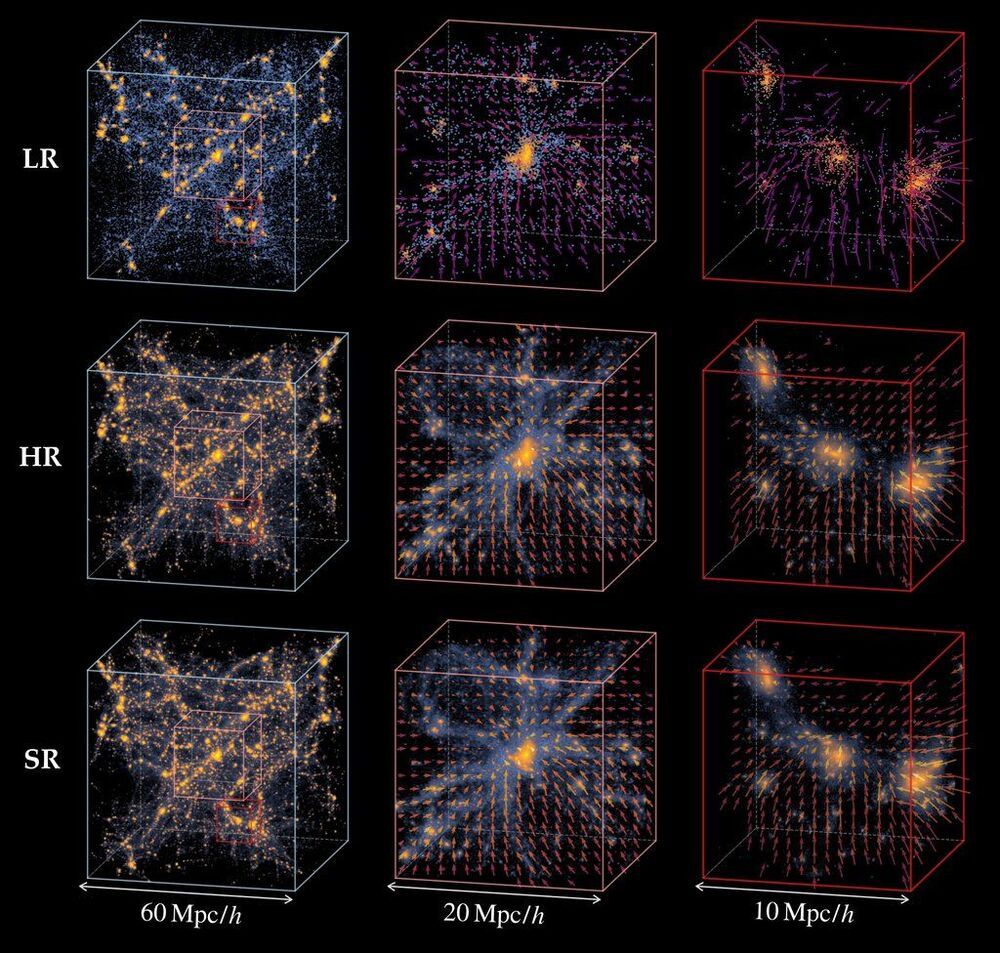
Cosmologists love universe simulations. Even models covering hundreds of millions of light years can be useful for understanding fundamental aspects of cosmology and the early universe. There’s just one problem – they’re extremely computationally intensive. A 500 million light year swath of the universe could take more than 3 weeks to simulate… Now, scientists led by Yin Li at the Flatiron Institute have developed a way to run these cosmically huge models 1000 times faster. That 500 million year light year swath could then be simulated in 36 minutes.
Older algorithms took such a long time in part because of a tradeoff. Existing models could either simulate a very detailed, very small slice of the cosmos or a vaguely detailed larger slice of it. They could provide either high resolution or a large area to study, not both.
To overcome this dichotomy, Dr. Li turned to an AI technique called a generative adversarial network (GAN). This algorithm pits two competing algorithms again each other, and then iterates on those algorithms with slight changes to them and judges whether those incremental changes improved the algorithm or not. Eventually, with enough iterations, both algorithms become much more accurate naturally on their own.
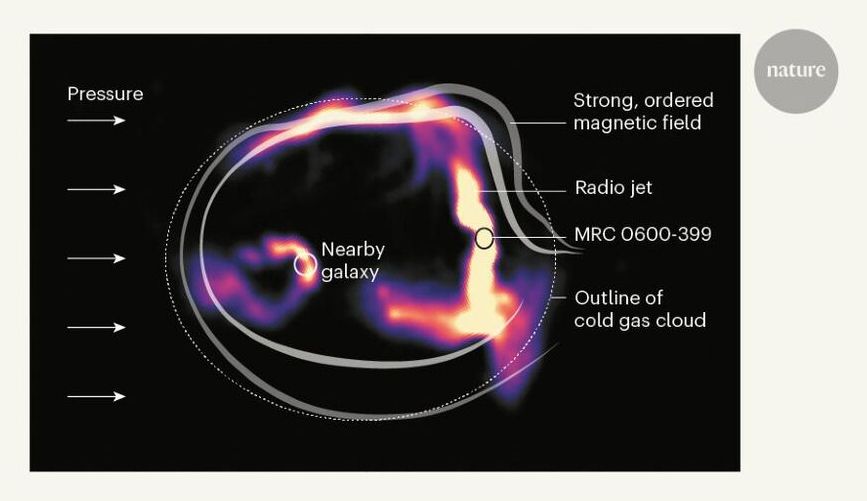
Observational evidence of cosmic magnetic fields in a galaxy cluster.
If the authors’ interpretation is correct, it is a remarkable finding, because it implies that relatively strong, ordered magnetic fields (of a few tens of microgauss in strength) exist in the highly disrupted environments of galaxy clusters such as Abell 3376. For comparison, relatively weak magnetic fields (of a few microgauss) have been detected13 in the gas at the centres of clusters less disrupted than Abell 3376. So far, it has proved extremely challenging to detect and measure magnetic fields in clusters and in the space between galaxies, and the origin of cosmic magnetic fields is still mysterious. Consequently, any observational evidence for such fields in cluster environments is valuable.
However, there is another plausible explanation for the bent jets, referred to as the slingshot model. In this scenario, MRC 0600‑399 and the nearby radio galaxy are falling back towards the centre of Abell 3376 after being ejected from the centre at supersonic speed. The radio jets of MRC 0600‑399 are bent simply by the pressure of gaseous wind acting in the opposite direction to the galaxy’s motion. Although this alternative model can explain the bent jets, it cannot account for the peculiar double-scythe structures, which suggest that the jets are interacting with a layer of strong, ordered magnetic fields. One limitation of the current work is that the magnetic-field strength in the jet-interaction region was not measured directly but was obtained from numerical simulations.
The most exciting aspect of Chibueze and colleagues’ finding is that the observations of radio jets from SMBHs in galactic centres might help to explain poorly understood processes involving gas dynamics in galaxy-cluster formation. Sensitive measurements of the polarization of radio waves could confirm the strength and ordering of the magnetic fields in the magnetic boundary layer. Moreover, the discovery of other examples of strongly distorted radio jets might enable scientists to, for example, measure the total energy injected into jets by SMBHs, understand the role of magnetic fields in jet stabilization and determine the magnetic-field strength of the gas inside clusters. In the upcoming years, the most sensitive radio telescopes ever built will reveal many spectacular processes in the Universe that cannot be seen using optical instruments.

New observations and simulations show that jets of high-energy particles emitted from the central massive black hole in the brightest galaxy in galaxy clusters can be used to map the structure of invisible inter-cluster magnetic fields. These findings provide astronomers with a new tool for investigating previously unexplored aspects of clusters of galaxies.
As clusters of galaxies grow through collisions with surrounding matter, they create bow shocks and wakes in their dilute plasma. The plasma motion induced by these activities can drape intra–cluster magnetic layers, forming virtual walls of magnetic force. These magnetic layers, however, can only be observed indirectly when something interacts with them. Because it is simply difficult to identify such interactions, the nature of intra-cluster magnetic fields remains poorly understood. A new approach to map/characterize magnetic layers is highly desired.
An international team of astronomers including Haruka Sakemi, a graduate student at Kyushu University (now a research fellow at the National Astronomical Observatory of Japan—NAOJ), used the MeerKAT radio telescope located in the Northern Karoo desert of South Africa to observe a bright galaxy in the merging galaxy cluster Abell 3376 known as MRC 0600–399. Located more than 600 million light-years away in the direction of the constellation Columba, MRC 0600–399 is known to have unusual jet structures bent to 90-degree angles. Previous X-ray observations revealed that MRC 0600–399 is the core of a sub-cluster penetrating the main cluster of galaxies, indicating the presence of strong magnetic layers at the boundary between the main and sub-clusters. These features make MRC 0600–399 an ideal laboratory to investigate interactions between jets and strong magnetic layers.